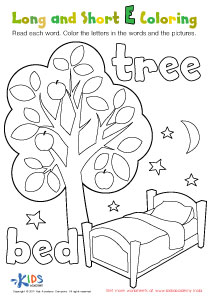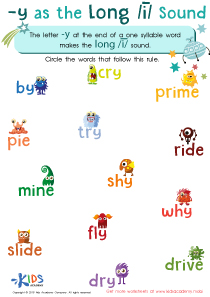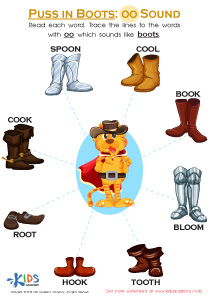Phonics Skills Normal Vowel Digraphs Worksheets for Ages 6-7
3 filtered results
-
From - To
Enhance your child's reading abilities with our Phonics Skills Normal Vowel Digraphs Worksheets for ages 6-7. These engaging and educational worksheets are designed to help young learners master vowel digraphs, fostering phonemic awareness and reading proficiency. Each worksheet includes fun activities and exercises that make learning enjoyable while solidifying their understanding of vowel combinations in words. Perfect for classroom and home use, our worksheets align with essential educational standards, ensuring your child builds a strong foundation in phonics. Download now and watch your child's confidence and reading skills soar!
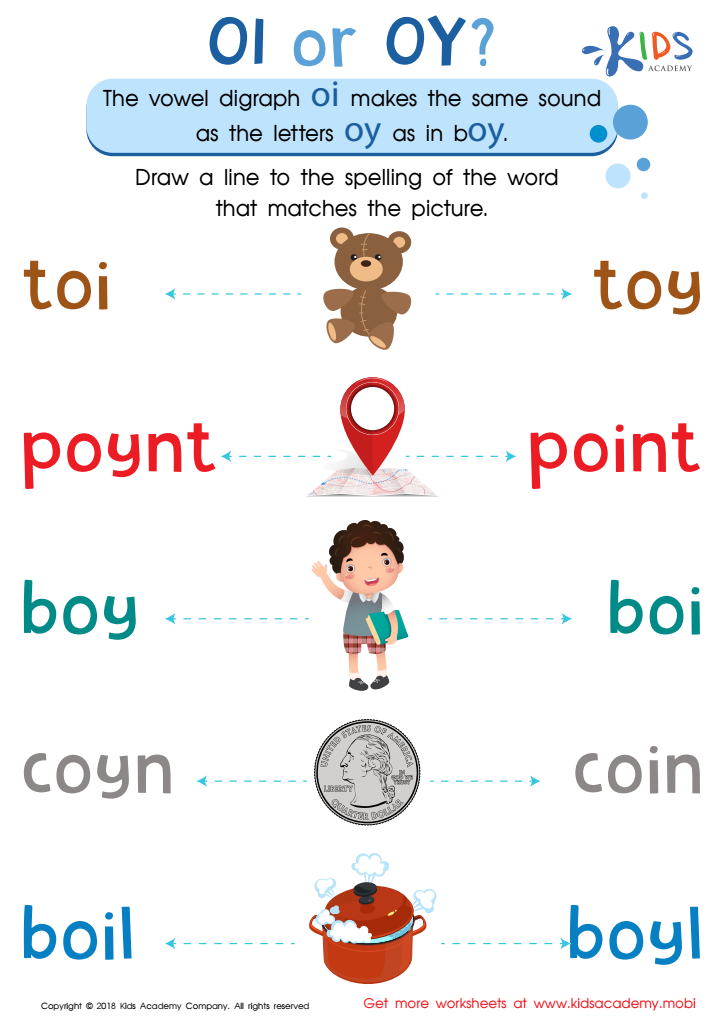

Reading: OI and OY Worksheet
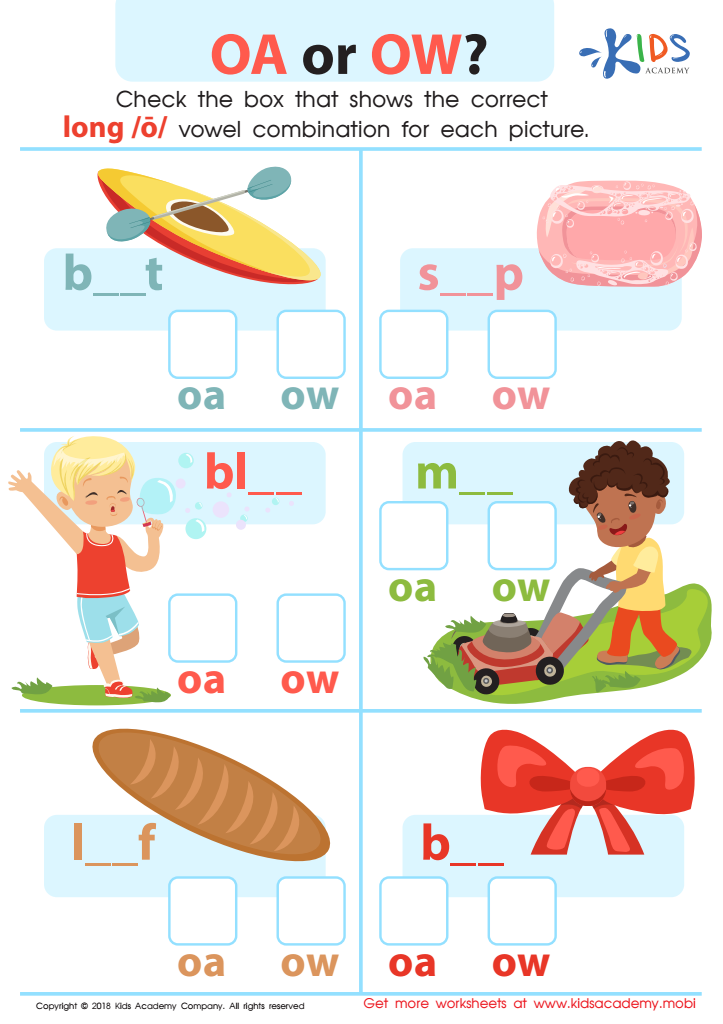

Reading: OA or OW Worksheet
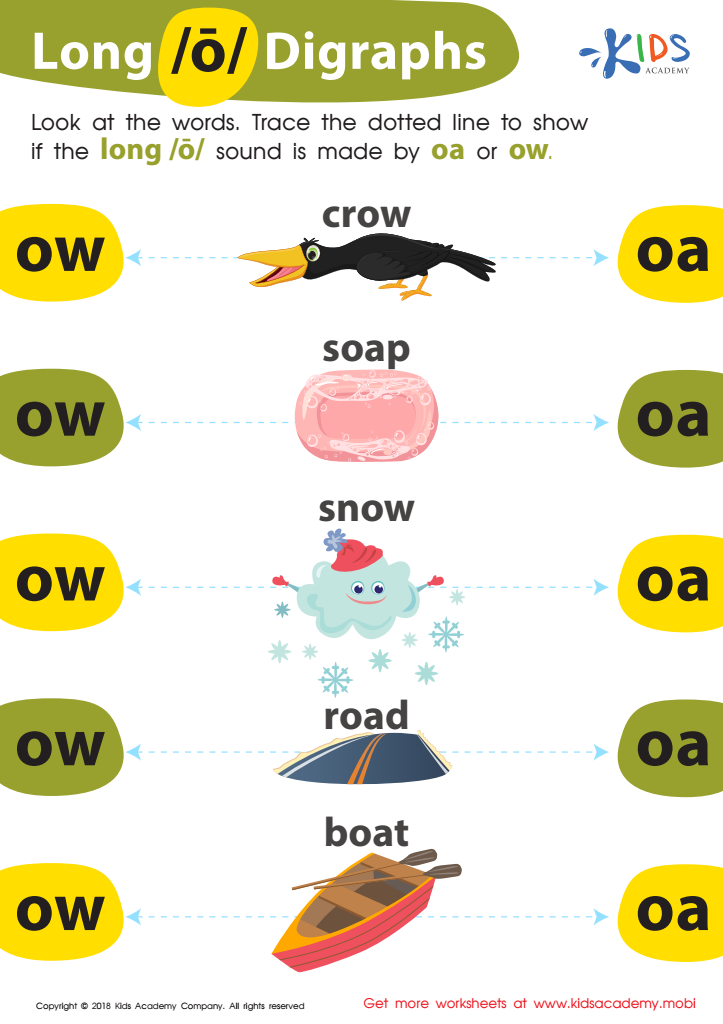

Reading: Long O Digraphs Worksheet
Phonics skills, especially understanding normal vowel digraphs, are crucial for children ages 6-7 as they form the foundation for reading proficiency. Vowel digraphs, such as "ea" in "bread" or "oo" in "moon," are combinations of two vowels that make a single sound. Mastering these digraphs is essential because they frequently appear in the English language and help children decode words more efficiently.
At this pivotal age, children transition from recognizing letter sounds to reading entire words. Phonics instruction helps bridge this gap by systematically teaching the patterns and rules of the language. Better phonics skills lead to improved word recognition, fluency, and comprehension. Children who grasp vowel digraphs can read and understand texts more independently, which boosts their confidence and their love for reading.
Moreover, early proficiency in reading is linked to later academic success. Children who encounter difficulties in their early reading experiences often face challenges across all subjects, as reading skills are fundamental to learning. By prioritizing phonics skills, parents and teachers equip children with the tools they need to become competent readers. This proactive approach not only enhances academic performance but also fosters a lifelong interest in learning.
Thus, investing time and effort in teaching normal vowel digraphs is a cornerstone of essential early literacy skills, bolstering a child's educational journey from the start.
 Assign to My Students
Assign to My Students




